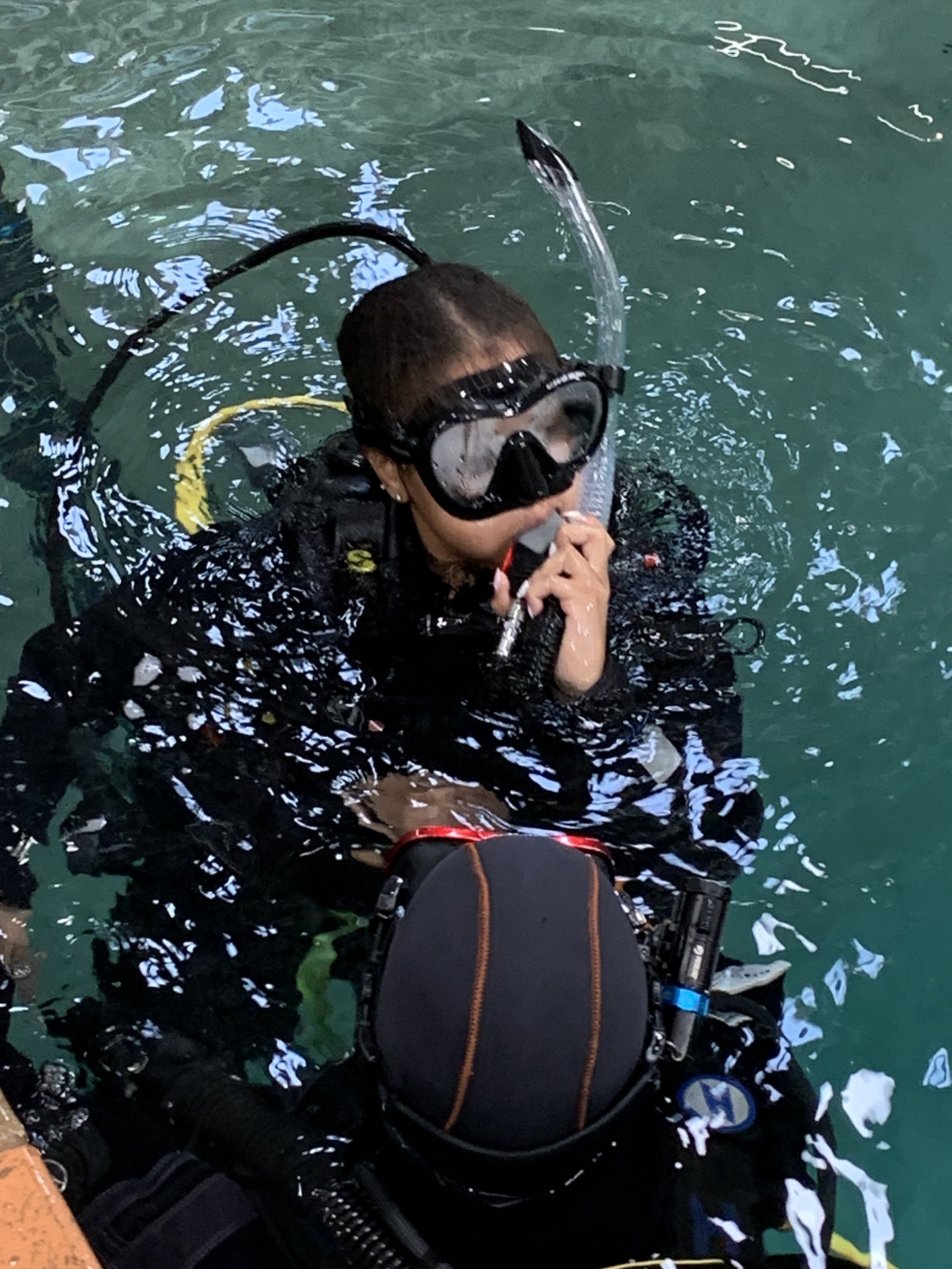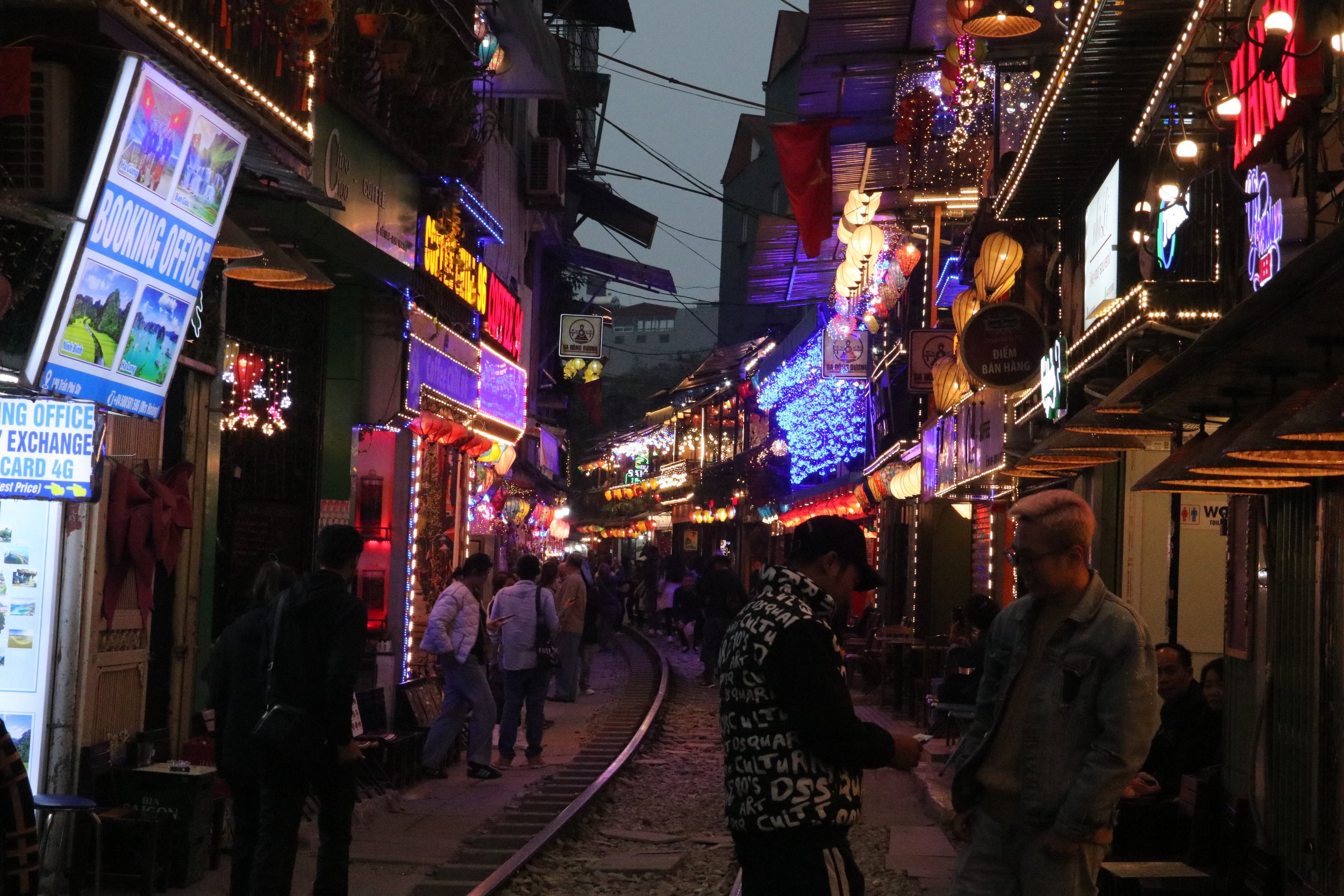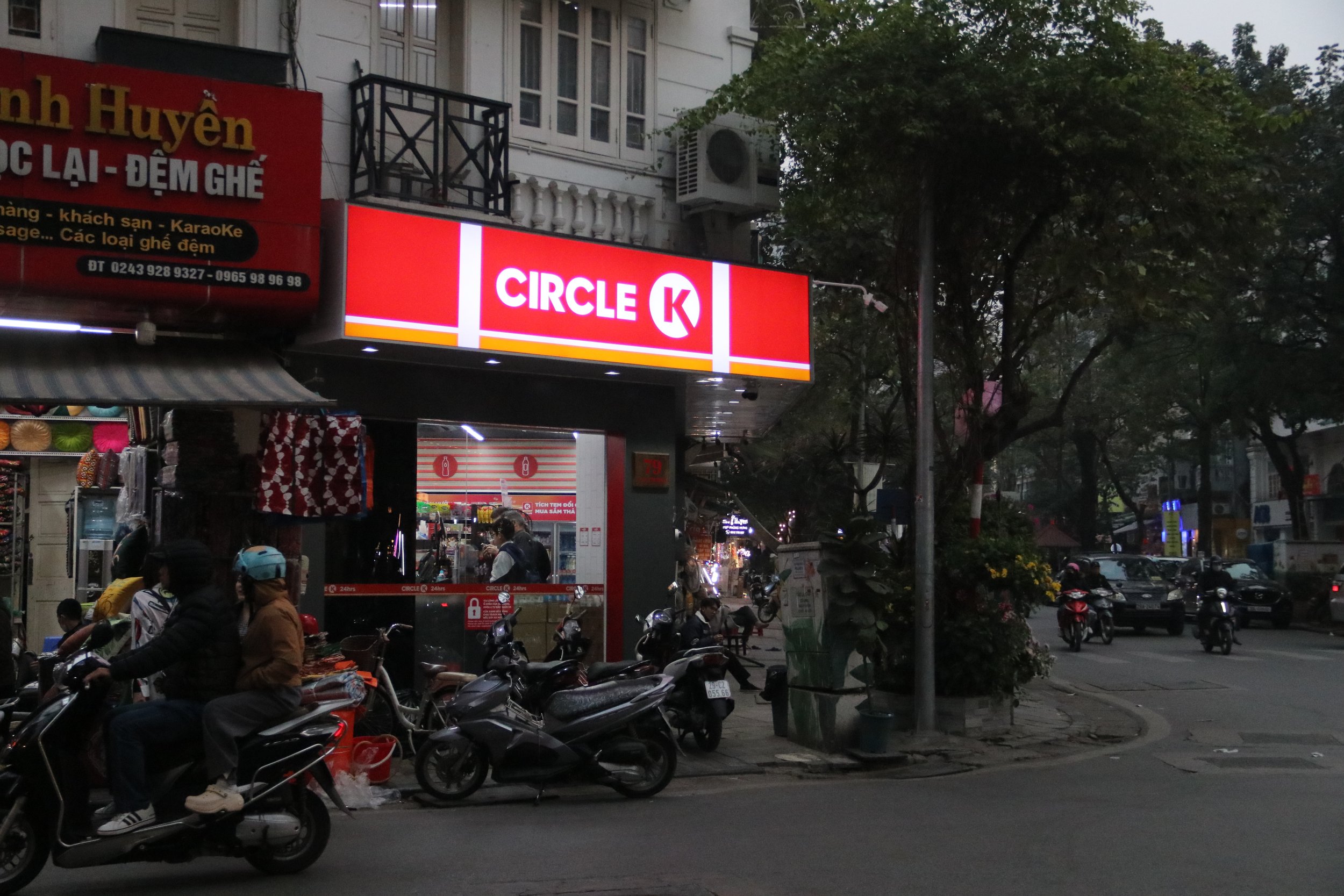
Personal Projects
What are Personal Projects?
Personal Projects are student-led projects in which students explore a topic of their choice and delve into it through self-led initiatives. Students go through a process of investigation, acquiring skills and techniques, creating and refining a product, and evaluating/ self-reflecting on their learning journey. Personal projects are generally done over the course of seven weeks, and once the final summative is assessed by an educator, students have the opportunity to present their project at our internal showcase.
Australia: "Dive Down Under"
Australia: "Dive Down Under"
Driving Question
How can I learn about the science behind safe scuba diving while achieving my Open Water SSI Certificate?
Description
During my "Dive Down Under" personal project, I took a scuba diving course over two weeks to achieve my SSI Open Water certificate. Through research and observation, I learned about the physics behind scuba diving about my body while understanding how different protocols contribute to my overall safety while underwater.
Summative
Using everything I learned, I created a brochure as my summative that displays both visuals and information surrounding the topic of my driving question, explaining all that I learned.
Japan: "Diversity in Cosmetology"
Japan: "Diversity in Cosmetology"
Driving Question
How might I explore and enhance inclusivity and diversity in Japan's cosmetic industry by engaging in research, interviews, and surveys to develop a line of darker shades of makeup for a brand I aspire to collaborate with?
Description
I did research about the cosmetic industry in Japan, research on how to contact big companies / brands, then I did research on how to interview people/ perform surverys in an ethical and respectful way. My end goalwas to email big cosmetology companies and inspire them to create a line of medium to dark shades of makeup in Japan.
Summative
Using everything I learned, I created a website as my summative that displays both visuals and information surrounding the topic of my driving question, explaining all that I learned.
Canada/ Brazil: "Aquarium Buddies"
Canada/ Brazil: "Aquarium Buddies"
Driving Question
How can we convey how AI and technology can enhance our understanding of marine species and conversation in Vancouver and Salvador through a documentary?
Description
In this project, my partner and I used a variety of research techniques in Vancouver, Canada and Salvador, Brazil to increase our understanding of biodiversity and conservation. Throughout this four month project, we used whale photo identification, a citizen science technique, to understand the strength of community-driven conservation, through the whale-watching, a visit to the Vancouver Aqaurium, a beach transect study, as well as marine excursions and scuba diving in Brazil.
Summative
For our final product, we created a documentary as a way of weaving these experiences together into a coherent story. By using a visual storytelling technique, we were able to portray a more emotional side of the experience and make scientific ideas understandable. At first, I was very inexperienced with video editing, but thanks to some mentoring, I learned how to use Premiere Pro and After Effects, developing skills such as learning how to manage frames per second, convert files, organize video effectively, and add visual effects like color correction and text animations.
Vietnam: "Streets to Screen"
Vietnam: "Streets to Screen"
Driving Question
How can the sensory experience of the scenery of Hanoi be translated into a visual narrative to deepen cultural understanding through a perspective collage piece?
Description
My personal project was based on the driving question, "How can the sensory experience of the scenery of Hanoi be translated into a visual narrative to deepen cultural understanding through a perspective collage piece?" In order to answer this question, I did research on the different types of photo shots as well as a tutorial on how to use canva. I then took over 300 photos of both Hanoi and Hoi An based on certain aspects that I believe to be significant to Vietnam including, Street food, Train street, Coffee, Conical hats, Motorcycles, Communist flags/ Vietnam flags, Pho, Lanterns, Nature, and Rice fields. Next, I created a first draft, received feedback and created a final draft which will be printed out and displayed at showcase.
Summative
Using all the photos I took, I created a final poster composed of all the different photographs I took, made using Canva. I used aspects of perspective, layering, color, composition, and collage. The final piece can be found below. I included a picture of Train Street in Hanoi for the top half at the back because I believe it captures Hanoi’s busy, vibrant, touristic essence to the fullest. Above that is a picture of a street in Hoi An with several rows of Vietnamese flags. The bottom left of the poster includes a medium close-up shot of a man on a motorcycle. I duplicated it twice and used different filters for each layer to give the illusion of the man popping out of the poster. I also added a cut-out of three basket boats in the rice fields. I placed them in a picture of a bowl of pho which a cut out of mountains and sky behind them, to make them seem like they are floating. At the bottom right is a hand holding a coffee. I included coffee because of Vietnam's evident and rich coffee culture, particularly in Hanoi and Hoi An. Above that is a woman in a conical hat c The center/ middle of the poster includes a couple of women doing a traditional dance that I watched in Hoi An.
Linked below is the official final poster.
Italy: "Terra Forma"
Italy: "Terra Forma"
Driving Question
How can I explore the influence of pottery on Italian art history and cultural expression, and evaluate the involvement of geometric principles in its craftmanship?
Description
My personal project in Italy was based on Florentine pottery. I explored various aspects of this including the history of it, different forms of Italian pottery, and how it practiced today. I also explored the implementation of geometry in pottery, including Greek, Indigenous Australian, and ancient African art. I then attended multiple pottery classes in Florence and learned about techniques used in to develop pottery pieces such as molding, slabbing, coiling and glazing.
Summative
Using everything I learned, I created a final pottery piece based on geometric principles (area, volume, scale, and ratio) and pottery techniques that I learned during the classes, largely inspired by Tuscan pottery and art.



















